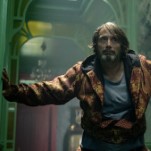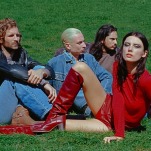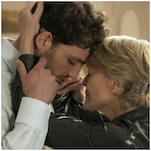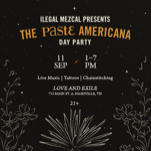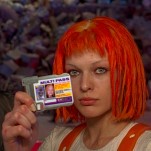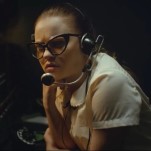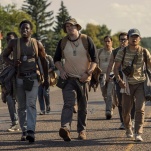The Street Photographer’s Manual by David Gibson

In the 1930s, Henri Cartier-Bresson painted the chrome parts of his Leica camera black and lit out across the streets of Europe to capture people in the act of living their lives. Inspired by the Surrealists, he believed that remaining invisible to his subjects would allow him to depict the world in its actual, candid condition. His eye craved the curious geometric pattern, the odd juxtaposition, the absurd moment. Shunning many of the technical elements of photography, he focused on an instant when Zen-like patience and alertness brought his finger to click the shutter.
Cartier-Bresson set the course of modern photojournalism and most shooters recognize him as the father of street photography. But what exactly is street photography?
The Street Photographer’s Manual, London-based photographer David Gibson’s how-to guide, broadly defines the term as any kind of photography taken in a public space … usually the photography of people going about their everyday lives. Gibson, though, clearly sees more. A direct philosophical descendent of Cartier-Bresson and a purist, he insists that the photographer must never impose himself upon the picture. For Gibson, “street photography’s core value is that it is never set up; this aspect is ‘non-negotiable’ because the guiding spirit of street photography is that it is real.”
Humans of New York? Vivian Maier? By Gibson’s strict definition, these artists create street portraits, a bastard subgenre maybe, but certainly not street photography.
It is one of the most common misconceptions about street photography, where photographers believe they are practicing street photography even when they interact with their subject who might acknowledge and approve of being photographed and even pose for the shot, too. This is not street photography; it’s taking a staged portrait. Unfortunately, street portraits are ubiquitous on street photography blogs and web pages, which is misleading and somewhat false.
So there.
Despite Gibson’s dogmatic posturing, The Street Photographer’s Manual offers a trove of practical and technical tips for the budding street photographer. In five broad categories (Busy, Quiet, Abstract, Still and Subjects), Gibson analyzes the methods and works of several contemporary street photographers, while illustrating many of his points using photos from 20 different photographers (like Cartier-Bresson, Marc Riboud, Robert Frank, Martin Parr … and one David Gibson).
In a section about staking out an interesting location and waiting for the photographic moment to arrive, Gibson advises concealing intentions as long as possible, lest a subject-to-be politely wait to the side of the frame to avoid disturbing a shot. Another section addresses the wealth of photo opportunities in surface reflections: a street photographer should become aware of reflections and consider unusual surfaces, should know that rain intensifies – and saturates – color on the streets.
United States-based street photographer and blogger Eric Kim counsels the reader to buy books, not gear, and to avoid the easy lure of capturing homeless people and street performers. “Despite their assumed exoticism,” Kim notes, “they rarely make good photos.”
-

-

-

-

-

-

-

-

-

-

-

-

-

-

-

-

-

-

-

-

-

-

-

-

-

-

-

-

-

-

-

-

-

-

-

-

-

-

-

-






















